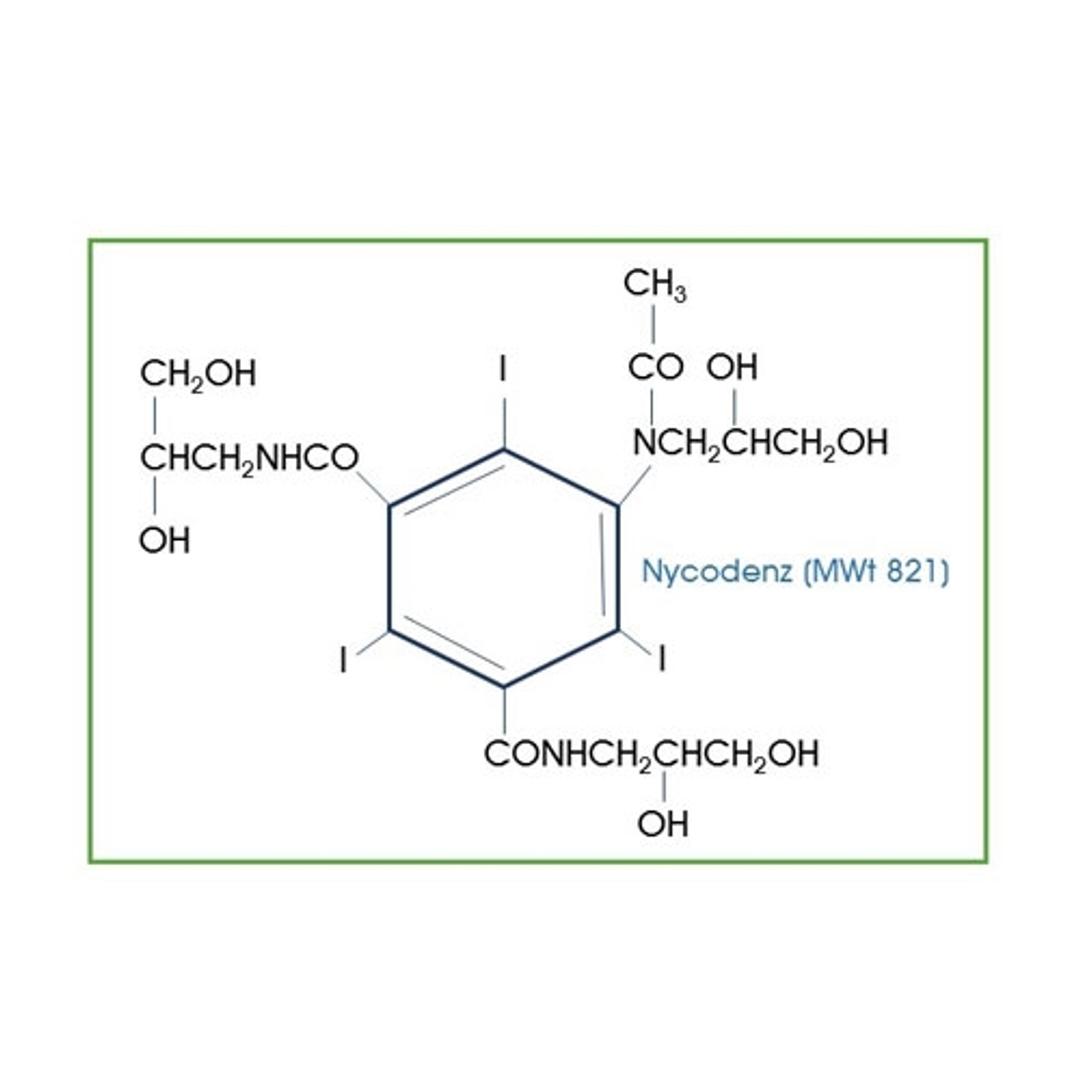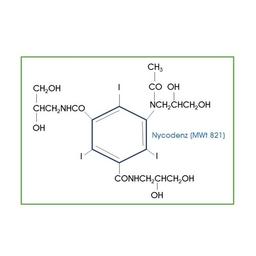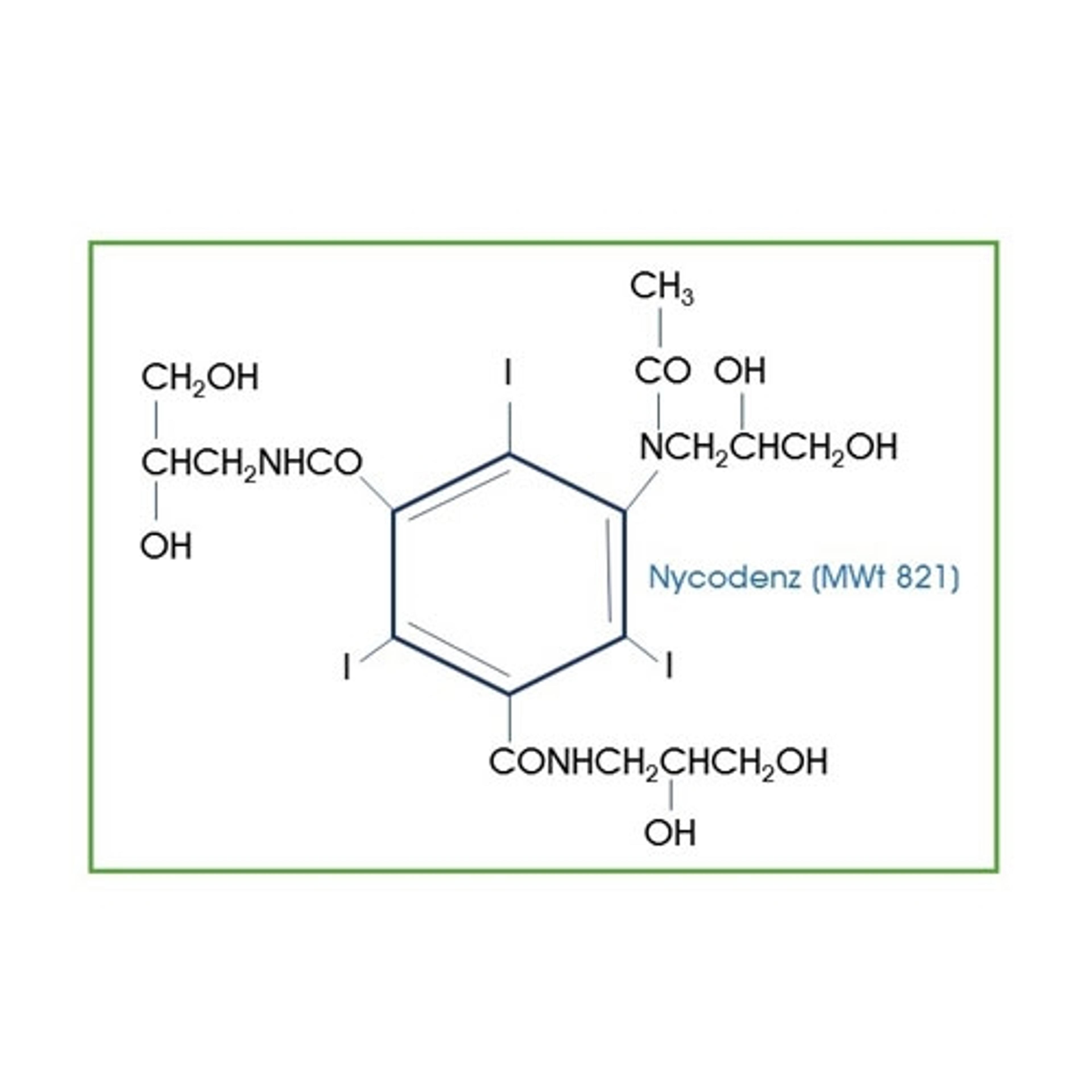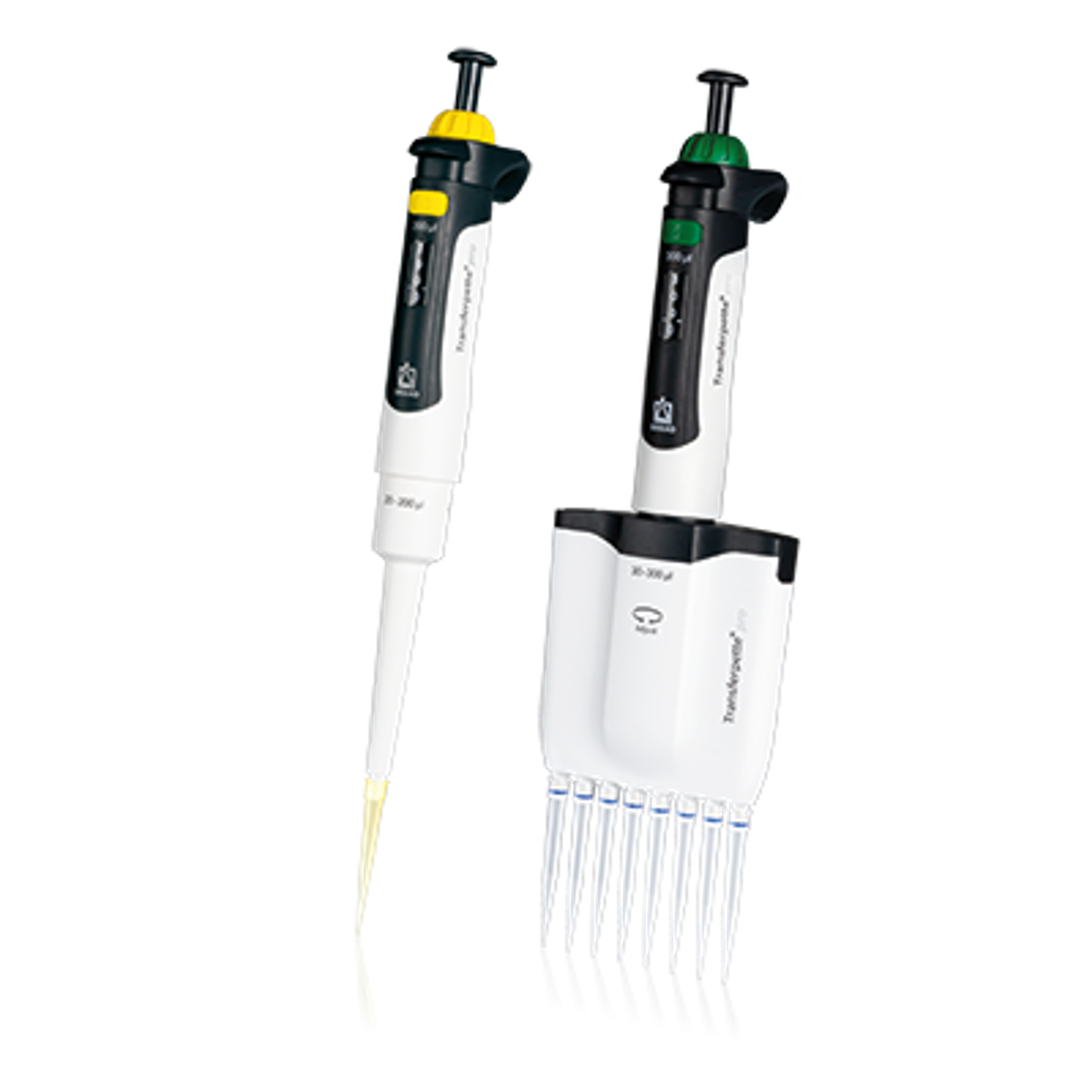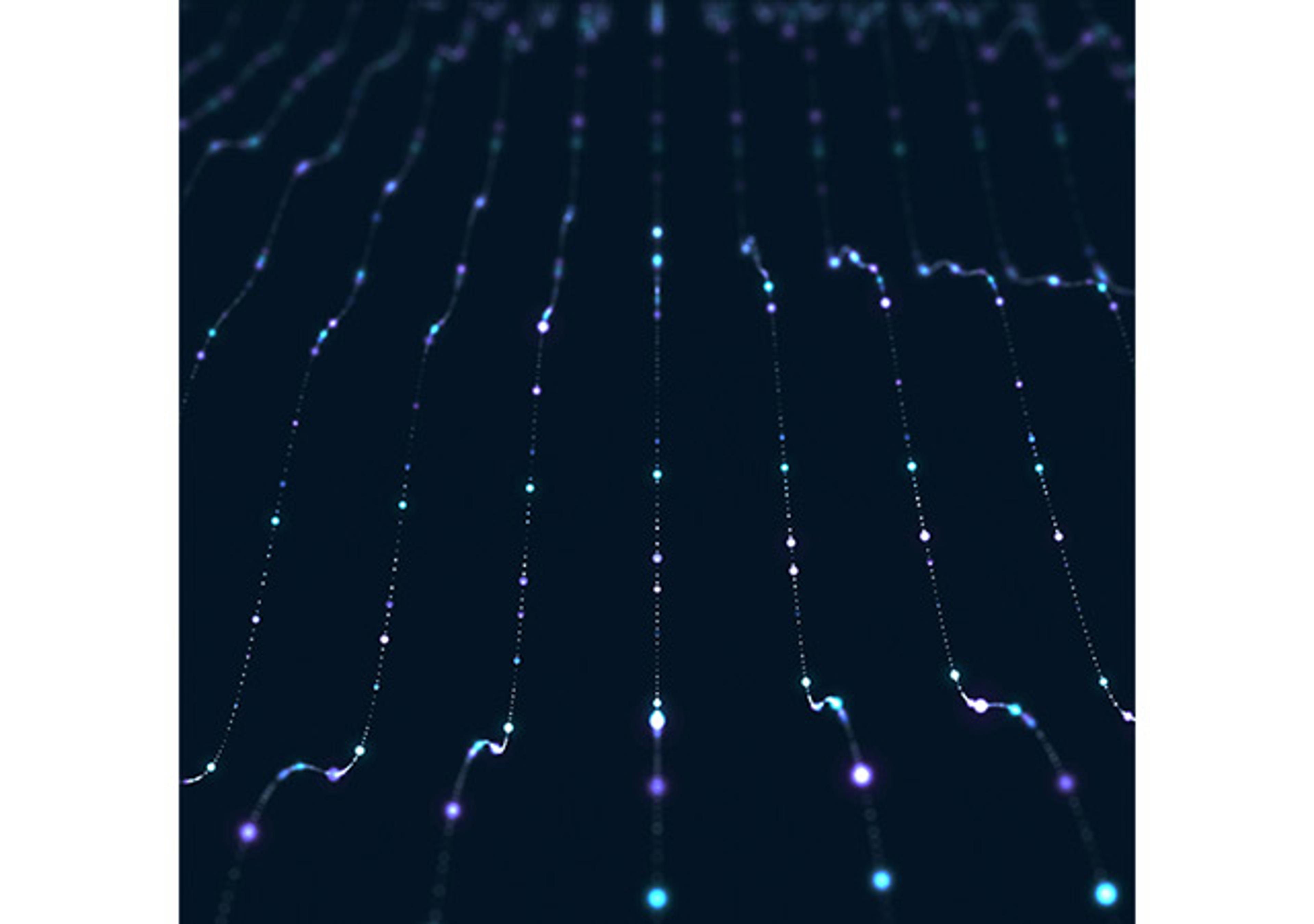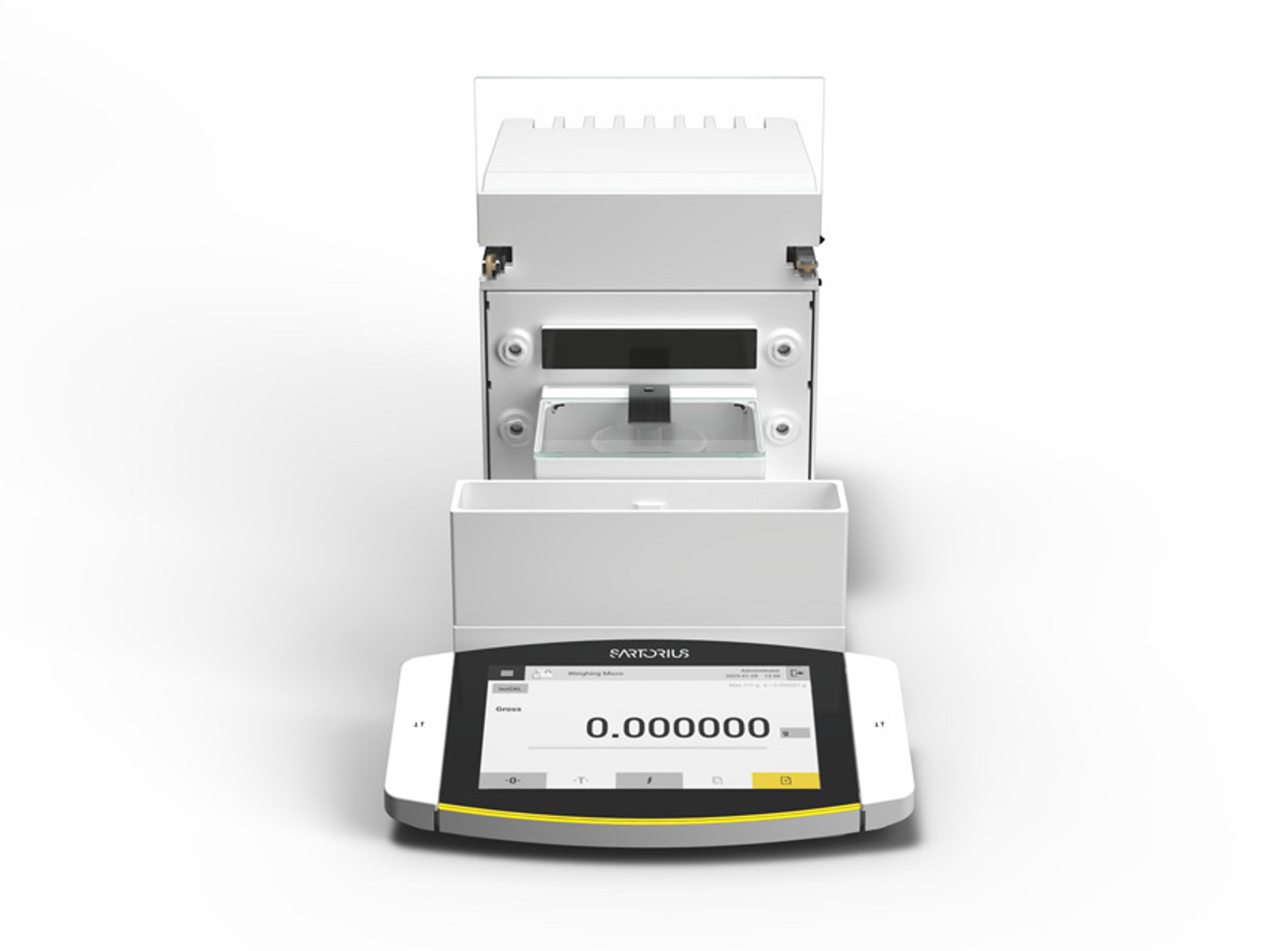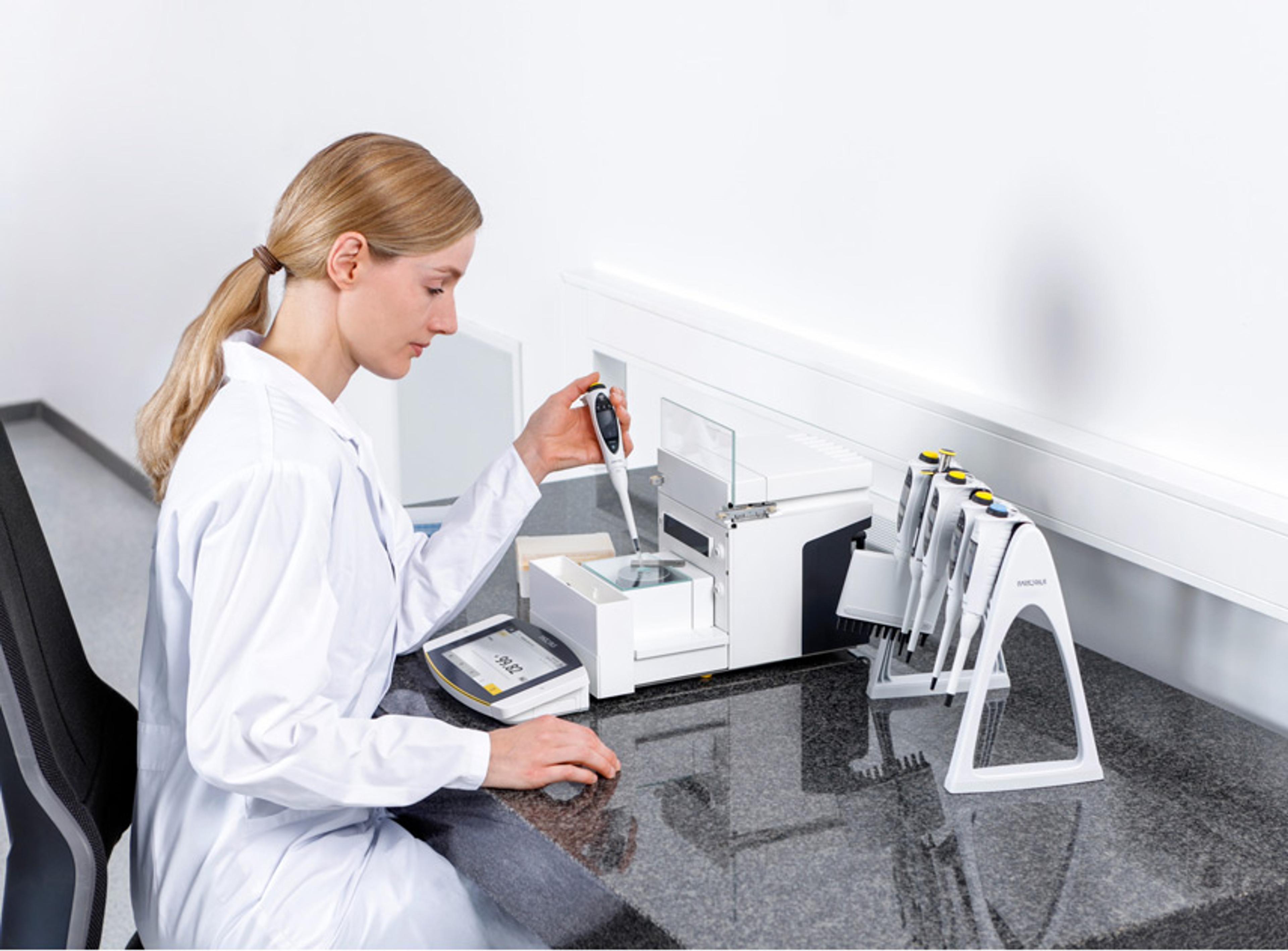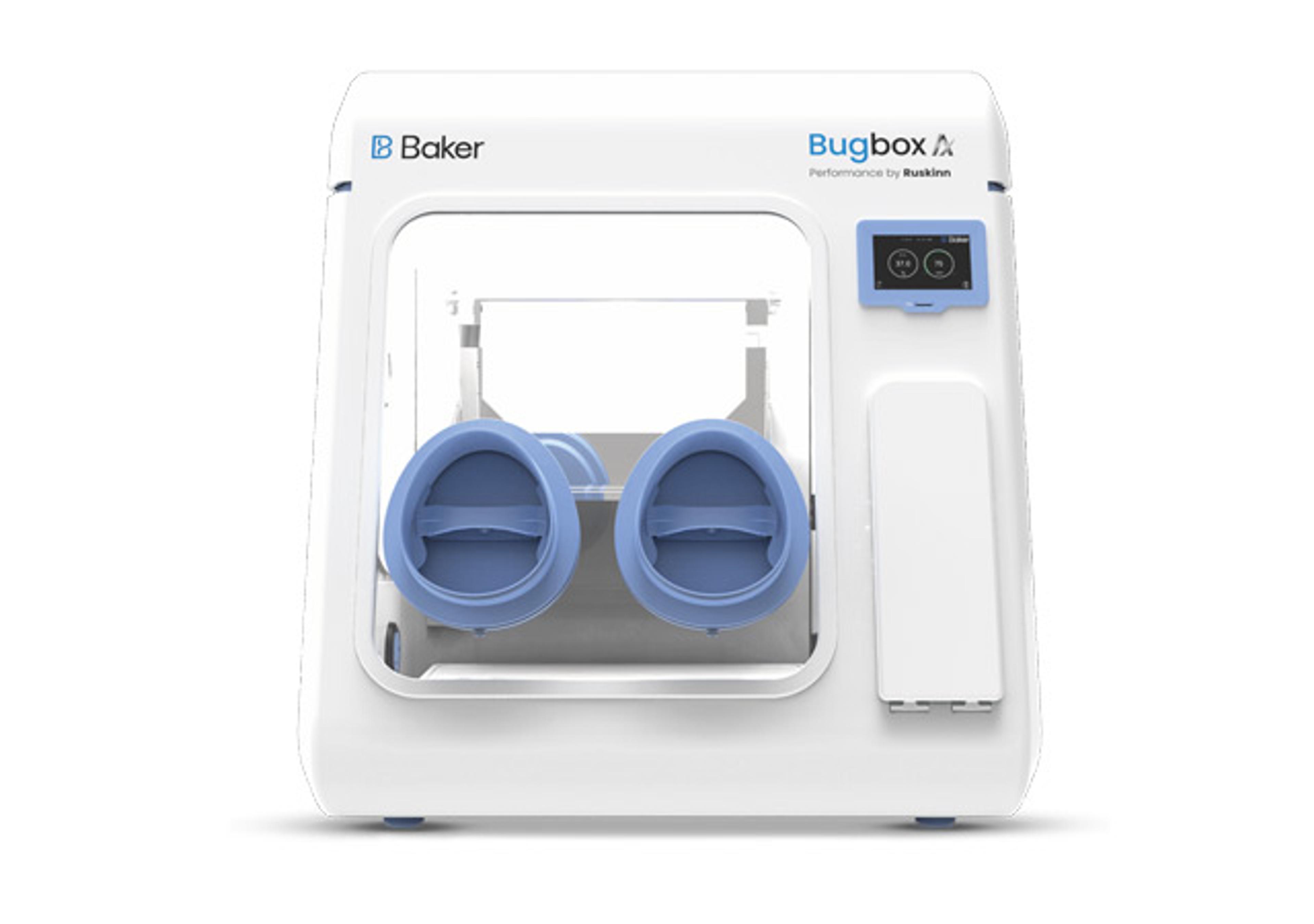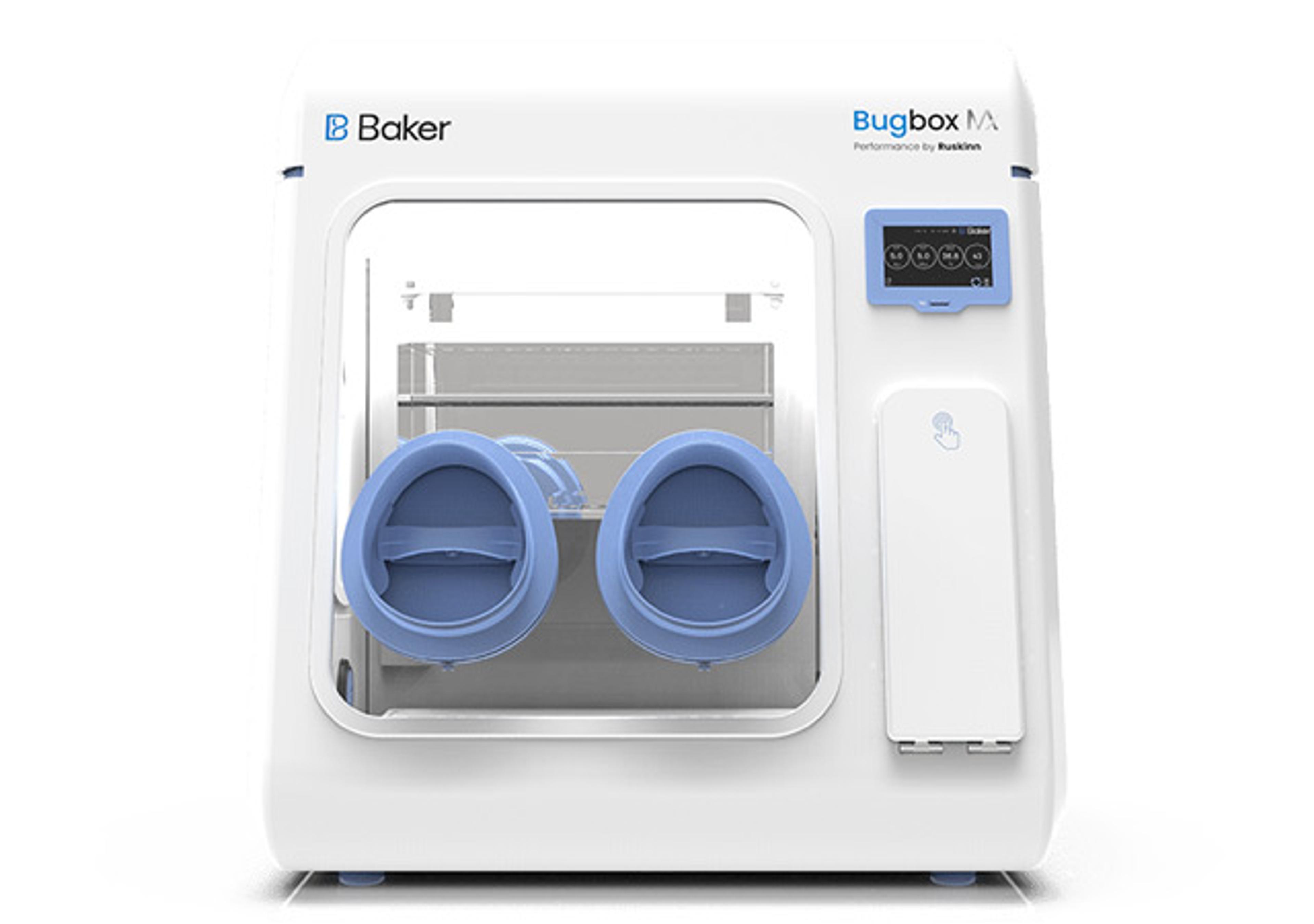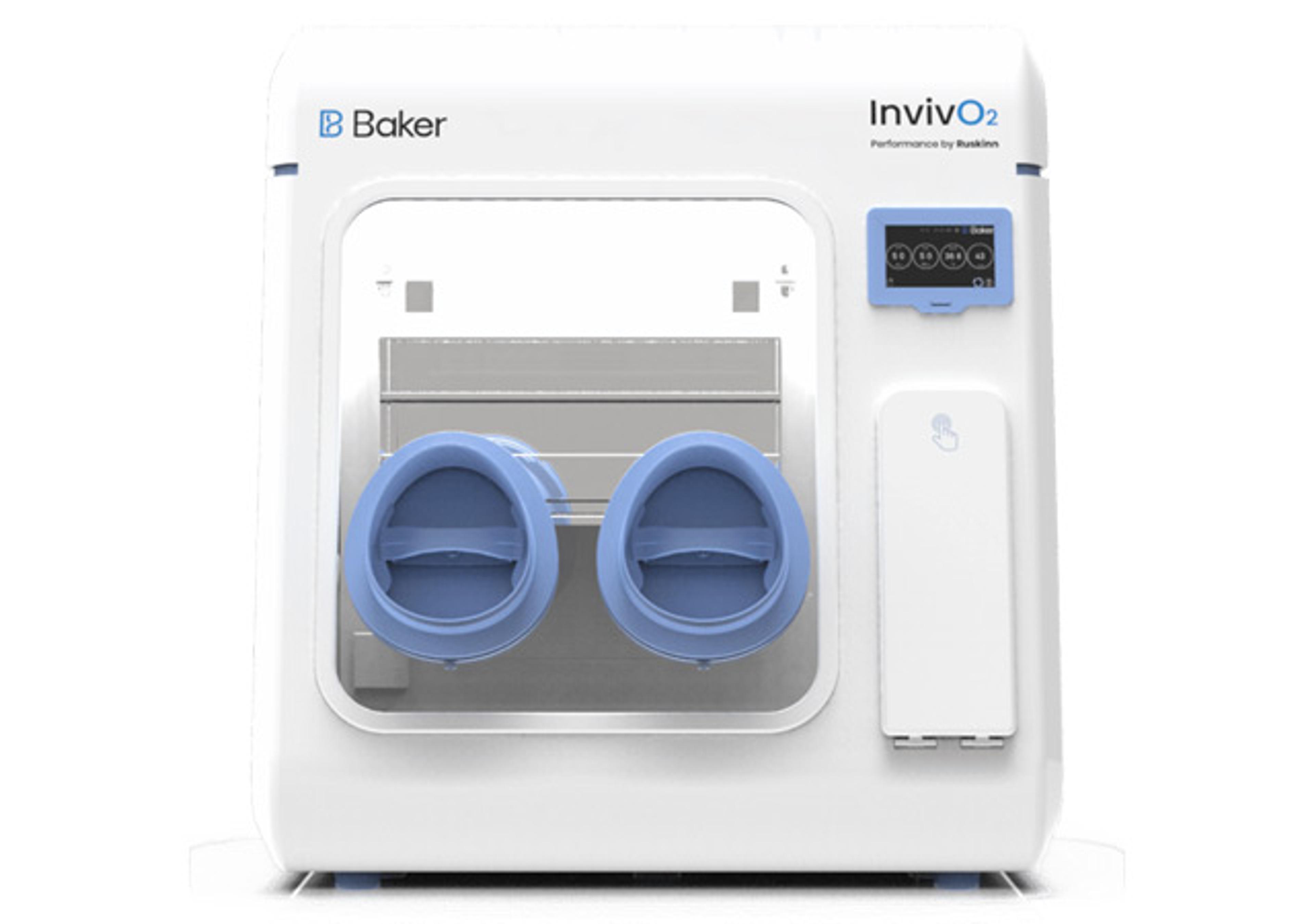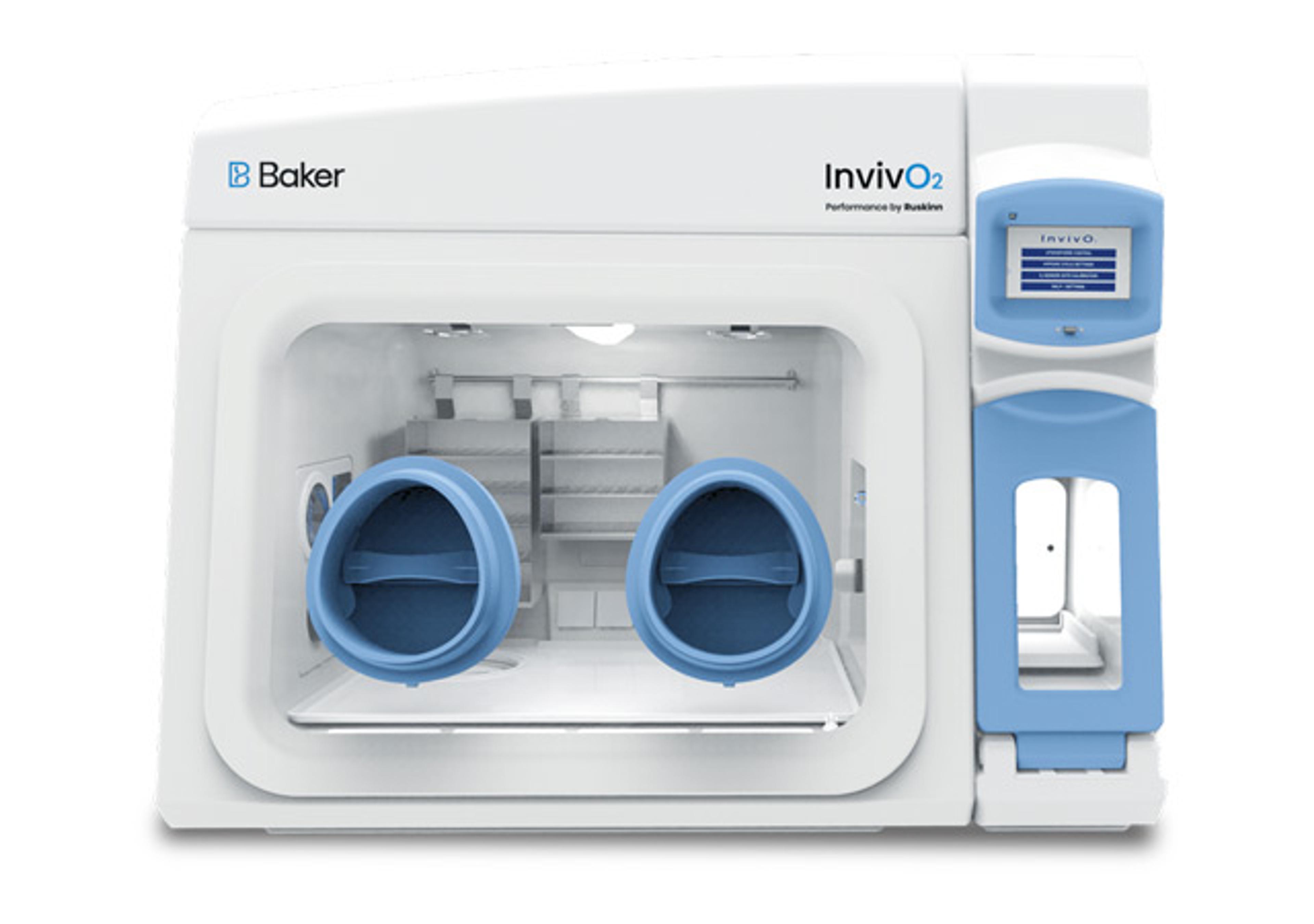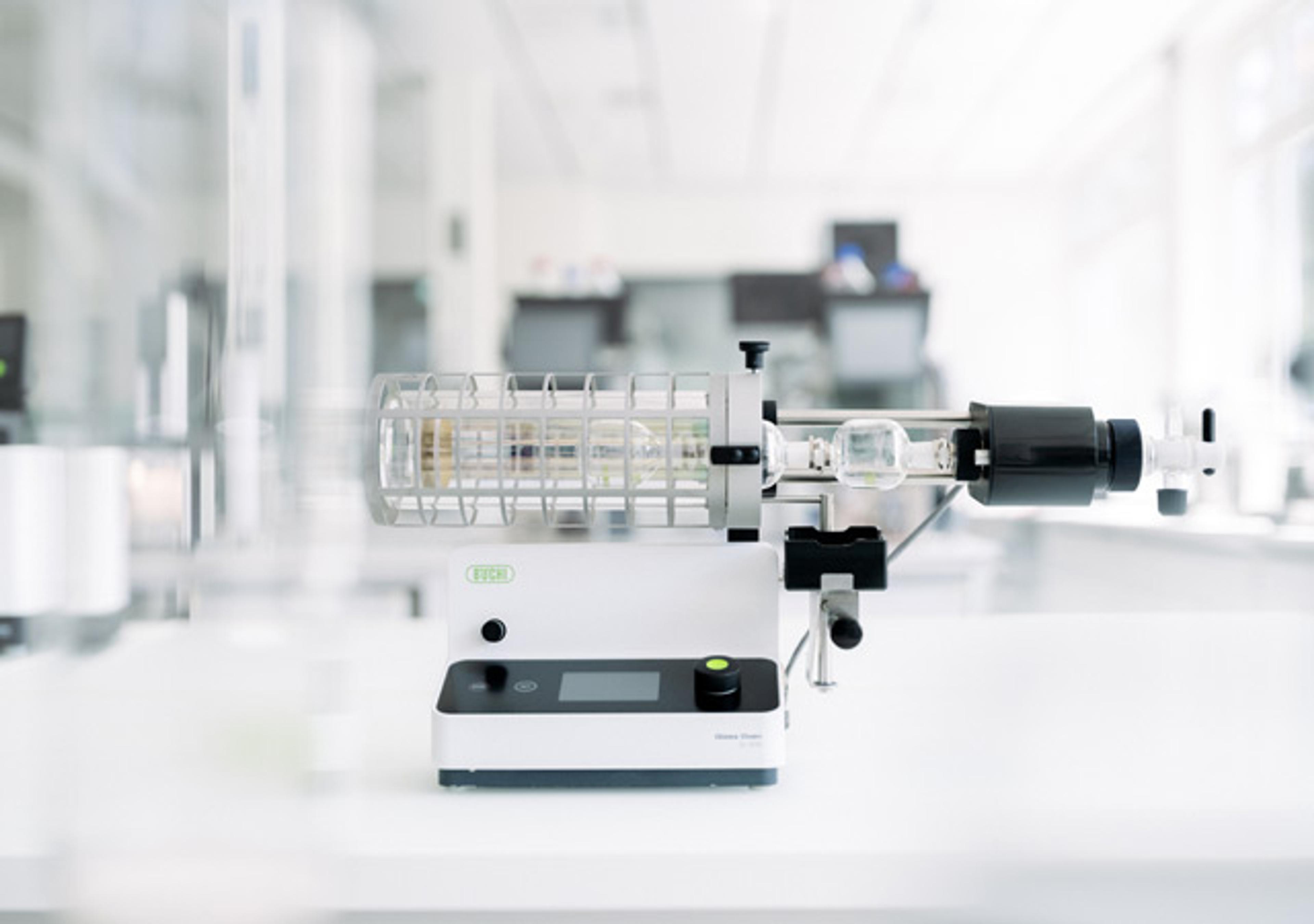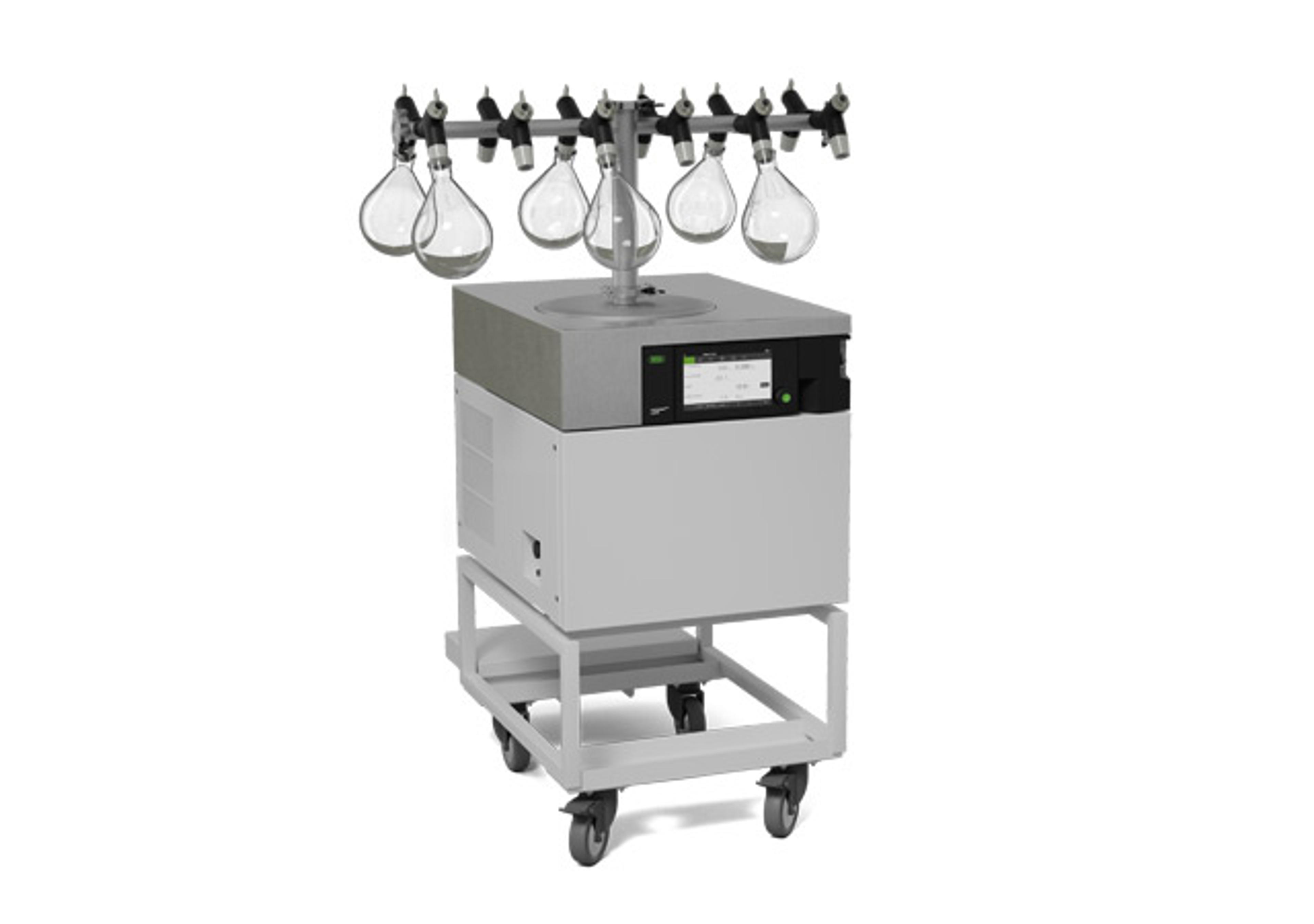Nycodenz®
Gradients of Nycodenz® can be generated by: Centrifugation in situ (self-forming gradients). Diffusion. Using Nycodenz®, linear gradients can be simply prepared within 45 minutes. Freezing and thawing. Tilted tube rotation (Gradient Master™). The density of Nycodenz® in solution can be determined by measuring the refractive index. The density can also be determined spectrophotometrically. Nycodenz® is a non-p…

The supplier does not provide quotations for this product through SelectScience. You can search for similar products in our Product Directory.
Gradients of Nycodenz® can be generated by:
Centrifugation in situ (self-forming gradients).
Diffusion. Using Nycodenz®, linear gradients can be simply prepared within 45 minutes.
Freezing and thawing.
Tilted tube rotation (Gradient Master™).
The density of Nycodenz® in solution can be determined by measuring the refractive index. The density can also be determined spectrophotometrically.
Nycodenz® is a non-particulate medium therefore the distribution of cells in gradients can be determined using a haemocytometer, electronic particle counter or by light scattering measurements using a spectrophotometer.
Nycodenz® does not interfere with the orcinol and diphenylamine reactions for the estimation of nucleic acids nor with the very sensitive dye binding assays for protein and DNA.
Polysaccharides and sugars can be determined in the presence of Nycodenz® using the phenol/H2SO4 assay. Fluorimetric assays of nucleic acids and proteins can also be carried out in the presence of Nycodenz®. Nycodenz® does not interfere with most assays for the marker enzymes of subcellular components, also commercial scintillants are compatible with Nycodenz®.
Nycodenz® can be removed from samples by dialysis, ultrafiltration or gel filtration. Cells, subcellular organelles and other particulate matter can be isolated from Nycodenz® by centrifugation without the risk of contaminating the pellet with Nycodenz®.

